10 Natural Ways to Get Rid of Headaches
Headaches are not only triggered by loud music but more commonly by stressors of everyday life. Maybe you have a work deadline and you feel overwhelmed or perhaps the way your in-laws try to help around the home offering their advice has your head feeling as if it is being squeezed in a vice? Most often headache sufferers will readily reach for a painkiller to numb the throbbing and relieve the pressure.
The frequent use of painkillers for chronic headaches can mask a potentially dangerous health issue. Your headache is likely a sign that your body is lacking something. A headache may be your body’s voice of communicating with you that you are in need of water, a specific nutrient, or that you simply need a reminder to take a deep breath.
Headaches are caused by insufficient rest or sleep, stress, improper posture, eyestrain, hormonal imbalance, nutritional deficiencies, hypoglycemia (low blood sugar), poor diet, allergies, and alcohol or drugs. Learn to recognize your headaches as notification that your body is not functioning optimally. These 10 natural ways to get rid of headaches will have you leaving the painkillers behind.
1. Chiropractic Care
Chiropractic care is a drug-free strategy to heal your body naturally without the need for surgery. Stress from our emotions, physical wellbeing, and environment affects the body’s ability to function. A 2003 study showed that individuals who received chiropractic care over more than 2 years had significantly higher levels of antioxidant compounds in the body (1).
Antioxidants neutralize free radicals which damage cells and tissue and are known triggers for degenerative disease. When free radicals are higher in presence in the body than their counterpart antioxidants, oxidative stress leads to DNA damage, protein and lipid damage and essential cellular abnormalities.
Other clinical tests support that chiropractic care helps to naturally heal migraine headaches. Such studies conducted show that people experience up 90% fewer migraine attacks and close to 50% of individuals experience a weakening in the intensity of the migraine headache. Other studies show that chiropractic care works as effectively at relieving migraines and exhibits fewer side effects from treatment. (2)
Chiropractic adjustments remove stress from the body’s system. Research thus far concludes that chiropractic care significantly benefits individuals with tension and migraine headaches. A review of 729 patients, 613 of whom received chiropractic adjustments showed that this form of therapy is a better mode of treatment than the use of ice, stretching, and medication (3). As a whole, research supports the use of chiropractic care as a better treatment option at a minimum when compared to nothing at all.

2. Essential Oils
Essential oils are powerful headache remedies that can treat the root cause of pain. Calming and pain relieving properties of lavender and peppermint oil are excellent choices to provide headache relief. Lavender oil has been used for a variety of healing purposes including stabilizing mood, relieving hypertension, and treating symptoms of anxiety amongst many more. One case study showed that the inhalation of lavender oil for 15 minutes was an effective treatment for relieving headache symptoms. (4)
The effects of peppermint oil provide a cool and long lasting effect on the skin. This essential plant oil has been shown to alleviate headache suffering by inhibiting the smooth muscle contractions and increasing the flow of blood beneath the skin when applied to the forehead (5). This muscle-relaxing effect combined with the cool tingling of peppermint oil naturally inhibits the triggers of headaches.
Both essential lavender and peppermint oil are safe and effective treatments for natural headache relief. To get results using this remedy, place a few drops of one or a combination of the oils into the palms of your hands and rub the blend onto the back of your neck, temples, and forehead. If you are sensitive to the potent smell of the oils, dilute the blend with an oil like coconut oil, almond, or avocado oil. These oils will add additional benefits such as moisture and the use of coconut oil can help to balance hormones and reduce signs of wrinkles.
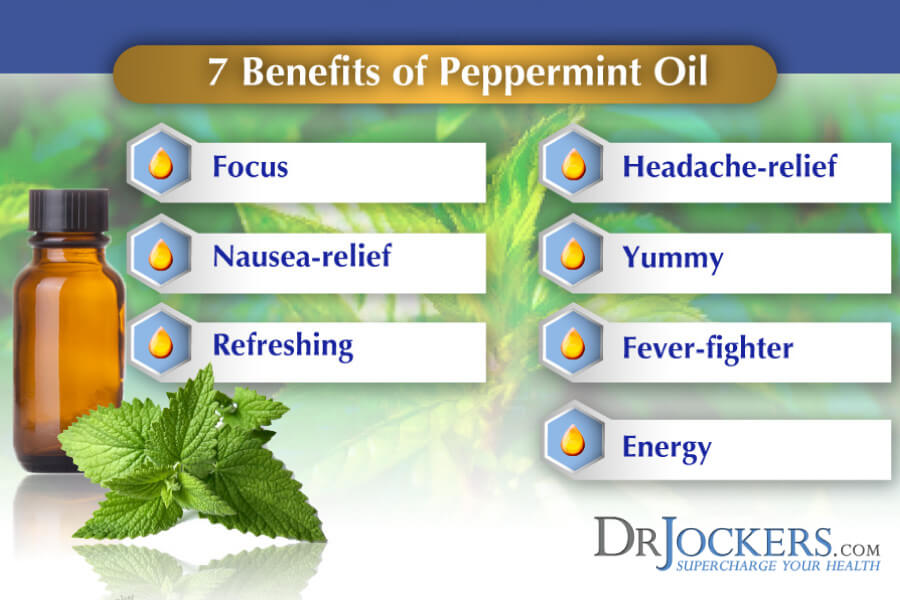
3. Use Healing Herbs
Headaches triggered by tension can naturally be remedied through the use of some herbs. Specifically, feverfew has been demonstrated in a study at The School of Postgraduate Medicine and Health Science, U.K. to effectively aid in the prevention of migraine headaches without a major concern for side effects (6). This herb has traditionally been used in the treatment of numerous health ailments such as fever, stomach ache, severe migraine headache, and headache relief, as well as to reduce the sensitivity of light and sound.
Feverfew products are easy to find and purchase if you are interested in this natural way to get rid of your headaches. You can find dry feverfew leaves, fresh or freeze-dried feverfew, and also tablets or liquid capsules containing feverfew extract. It is recommended to supplement with 50-100 milligrams of feverfew extract to reduce the frequency of headaches.
Another excellent herb useful in reducing headache symptoms is butterbur. Butterbur limits pro-inflammatory chemicals which result in headaches and migraines. Butterbur exhibits comparable effects as do beta blockers which normalize blood flow to the brain.
Research completed at Albert Einstein College of Medicine found that butterbur is an effective mechanism to reduce the frequency of migraine attacks and provide symptom relief. Patients involved in the study who consumed 75 mg of butterbur extract twice daily reported 48% fewer migraine occurrences. The study also found that individuals who consumed less at only 50 mg did not experience benefits greater than the placebo. Thus a dose of 75 mg of butterbur twice daily is best recommended for optimal headache relief. (7)
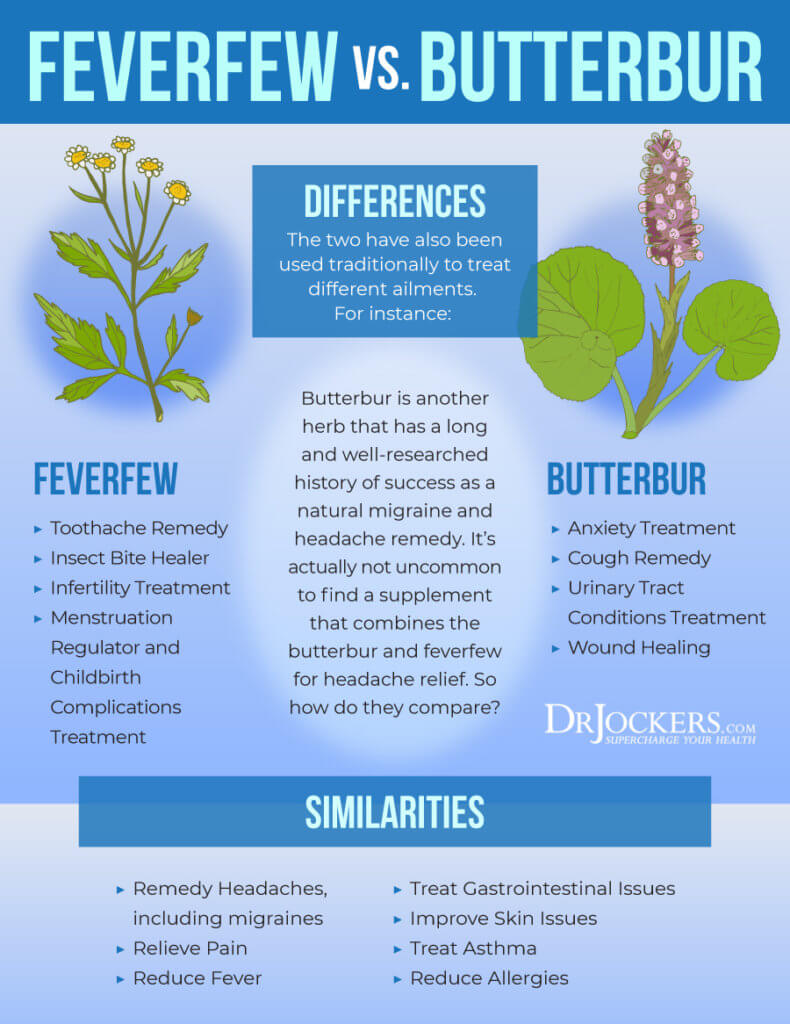
4: Magnesium
Magnesium is popularly recommended for headache relief and is significantly safer than masking pain with medication. Chronic headache and migraine sufferers commonly have low concentrations of magnesium. Are you deficient in magnesium and can this nutrient reduce the occurrence of headaches and migraine attacks in your life?
People most at risk for magnesium deficiency include individuals with heart disease, alcoholism, diabetes, and people taking diuretics to regulate blood pressure. Magnesium aids in preventing chemicals that transmit pain in the brain from firing and it supports platelet function. Magnesium improves the body’s healing processes and can inhibit the cortical spreading of depression. This occurrence of brain wave signaling produces both sensory and visual changes evident during a headache and migraine. (8)
Adding more fiber containing foods into your diet is a simple approach to improving your magnesium deficiency. Magnesium rich foods include dark leafy greens, beans, nuts, seeds, broccoli, and squash. Other foods with magnesium include raw chocolate, grass-fed meats, and organic dairy products as well as coffee.
You may also consider consuming 500-1000 mg of magnesium daily to reduce your run in with headaches. Magnesium is a safe supplement when used by women who are pregnant and is available in both oral and intravenous forms (8).
Magnesium supplements are safe and easily found. The most common side effect of magnesium supplementation is diarrhea so you may want to begin taking the lower recommended dose to begin working up to find the concentration that works best for you.
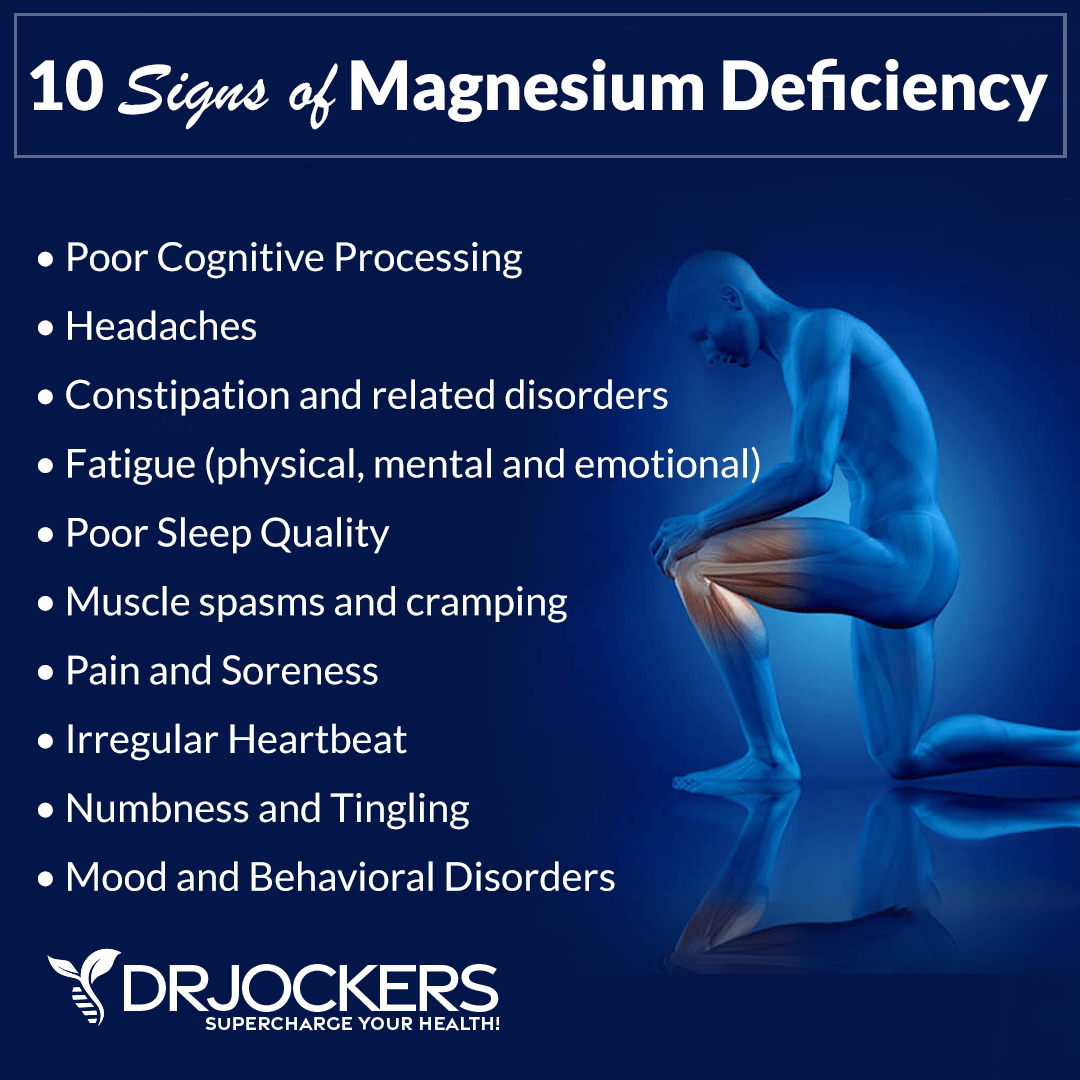
5: B-Complex Vitamin
People who suffer from migraine headaches are commonly deficient in many B vitamins. Millions of Americans do not receive the necessary recommendation of B vitamins in their diets.
These vitamins are essential in the formation of serotonin and other neurotransmitters in the brain. Deficiency in B vitamins often results in fatigue, poor adrenal function, abnormal blood cells, impaired cognitive thought, and symptoms of headache and migraines.
The vitamins composed in a B-complex vitamin include 8 water-soluble sources including riboflavin, niacin, vitamin B6, vitamin B12, pantothenic acid, thiamine, biotin, and folate. This complex of B vitamins improves the health of the cardiovascular system, increases circulation, and optimizes brain cell function and immune function.

Consuming too many B vitamins is rare as these vitamins are water-soluble meaning that the extra nutrients will be excreted in urine. Although the benefits of consuming a B-complex vitamin heal the body beyond headache relief, vitamin B2 has been shown to limit migraine frequency and duration, and vitamin B3 supports blood flow, which eases blood vessel tension and relieves vascular headaches.
A group of 60 individuals participated in a study that assessed their psychological strain, anxiety, work demands, personality, and mood in an environment of chronic work stress. The study lasted 3 months in which some participants received concentrations of B-complex vitamins. (9)
Following 12 weeks, those individuals receiving daily doses of B vitamins reported significantly reduced levels of “personal strain”, confused thoughts, depression, or saddened mood. This research supports the use of a B-complex vitamin to improve the body’s perceived occupational stress on cognitive processing, mood, and psyche.
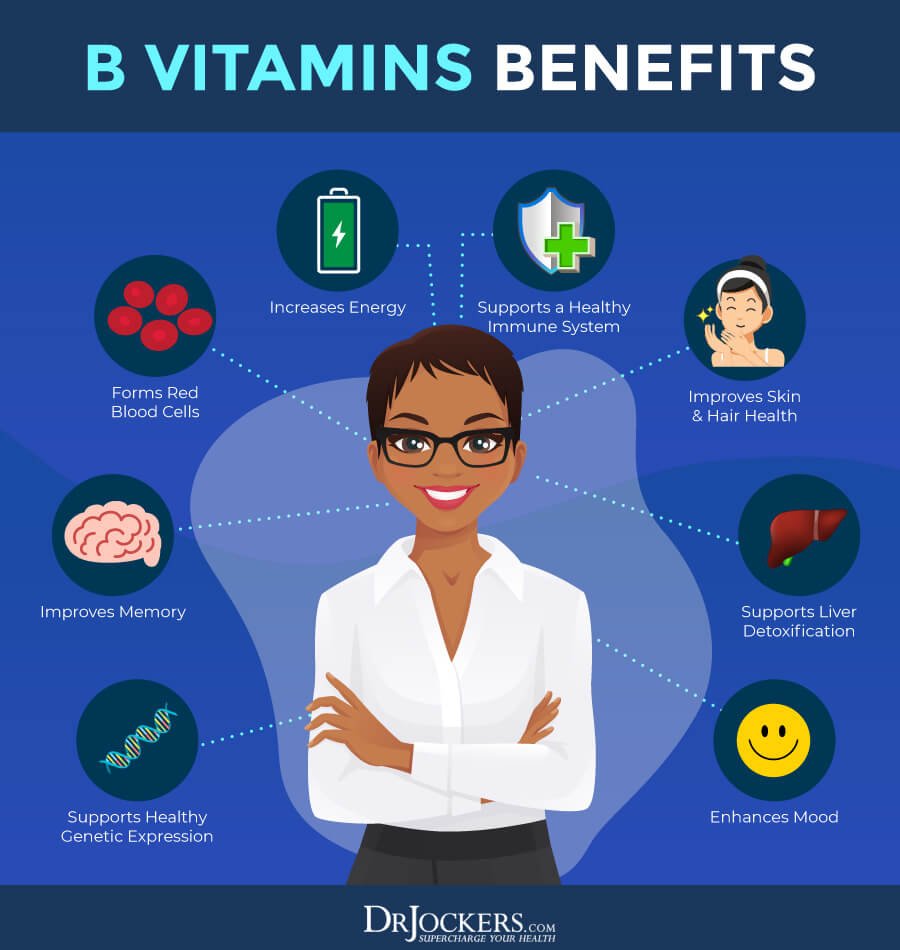
6: Proper Hydration
Next time you feel the pressure building in your head and your eyes beginning to tighten from signs of a headache, quickly sip on a couple of cups of water. Headaches triggered by dehydration are easily avoidable but too often caused by increased consumption of sugary beverages, alcohol, and coffee instead of pure water.
Water is necessary for the normal function of the brain and supports the healthy balance of electrolytes. Remaining properly hydrated is a simple strategy to prevent headaches, help you feel energized, and even relieve hunger pains we may mistake for needing food.
Research supports that headaches caused by the deprivation of water are a common occurrence. Dehydration can lead to reduced cognitive thought and irritability although the phenomenon is not significantly detailed in research. One study found that individuals with a headache who consumed a great concentration of water generally had the greatest reduction in the duration of the headache symptoms. (10)

7: Deep Breathing
Deep breathing is an easy relaxation technique that you can perform sitting at your work computer, behind the wheel stuck in traffic or before you spring out of bed in the morning. Deep breathing positively changes the response to stress hormones in the body which can trigger tension and headaches.
Deep breathing calms the heart rate, reduces stress hormones, and relieves muscle tension. Most participants in relaxation studies continue the use of deep breathing relaxation following clinical tests because of its positive benefits, and flexibility for use at home, at the workplace, and while on the go. (12)
Studies show that deep breathing reduces physiological tension in individuals with high anxiety and alleviates psychological stressors (11). A deep sigh from frustration for example is a type of breathing strategy innate in animals to relieve both psychological and physiological stress.
So how can you incorporate deep breathing into your daily life to reduce the occurrence or severity of your headaches? Take 10 seconds in your day to deep breath whenever you are feeling stressed. Complete this technique for several rounds depending on your time and ability as many times throughout the day as you find appropriate.
- Inhale through your nose slowly over the course of 4 seconds.
- Hold your breath for 2 seconds.
- Exhale out your mouth slowly over another 4 seconds.
If feasible, find a dark and comfortable room away from stressors. Adding a wet, cool cloth to your forehead while you practice deep breathing can be soothing and calming. Try practicing deep breathing before bed to silence your thoughts and provide you with quick shut eye. Do you have 10 seconds in your day to find relief from your headache and migraines?
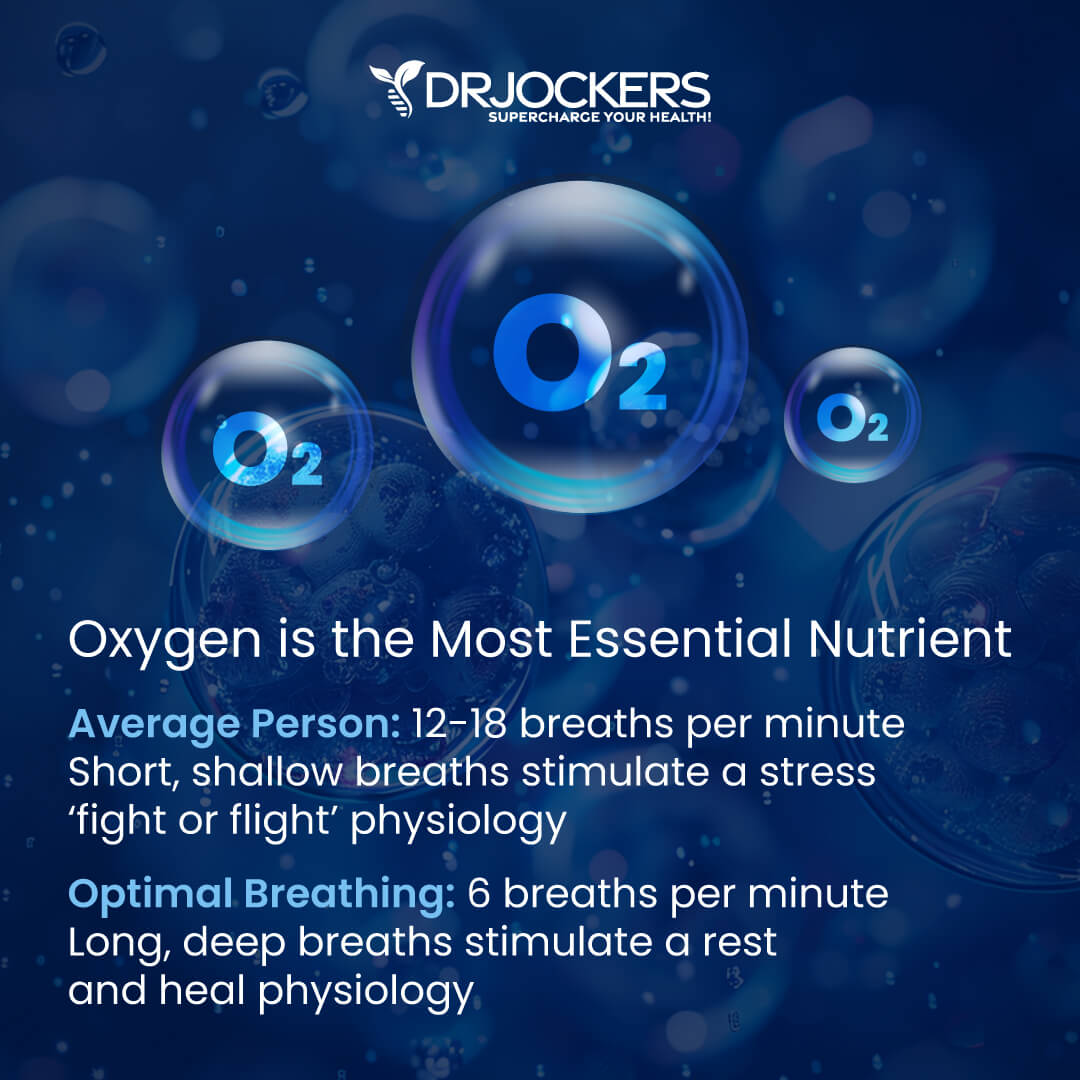
8: Perform Stretching Exercises
Body tension is easily triggered by sitting behind a desk or remaining in one place for long periods of time. This tension in the neck and shoulders especially exacerbates symptoms of headaches.
The modern ailment referred to as “texting neck” also afflicts many people today because constantly positioned with your head bent forward places a dangerous 20-30 extra pounds of pressure on the neck.
Avoid this major cause of tension headaches and take a break from sitting at your computer no more than every 60 minutes. Rotate your head in a circular motion both clockwise and counterclockwise while stretching your neck in the process. This exercise with help you alleviate built up tension that promotes headaches.
Performing yoga is another excellent exercise technique to loosen up your muscles and clear your line of thought. Yoga stimulates respiration and the circulatory system improves muscle strength and promotes overall vitality. Next time you feel the beginning stages of a headache, take the time to perform a couple of yoga poses such as downward dog to ease tension and support blood flow.
The Department of Physical Medicine and Rehabilitation in Finland performed a study in 2012 analyzing the effects of stretching on 60 women (13). A stretching program that lasted 12 months supported the decline in headache frequency and severity of symptoms by 69%. When individuals combined muscle endurance and strength training into their program there were further health improvements reported. Pain in the upper extremity region such as to the neck and head was greatly reduced.
9: Detox Baths
A detoxifying bath may be just what your body needs to flush the toxins out making you sick. In fact, ridding your body of these harmful agents can be one of the most useful tools in preventing headaches. Filling a bath with hot water that cools as you remain it draws toxins to the skin’s surface and effectively removes them from your body.
Here are a few strategies you can use to improve the tension-relieving factor of your detox bath:
- Soak in a hot bath containing 1 cup of baking soda. Baking soda cleans the skin, destroys bacteria, improves skin conditions, and leaves you feeling smooth all over. Add in 2 cups of magnesium salt to help draw deep circulation toxins to the surface.
- Add your favorite essential oils for additional calming benefits. Lemongrass, lavender, peppermint, frankincense, and sandalwood oil have soothing, invigorating, and cooling properties that can help your body release built up stress and tension. Choose the scents that are most appealing to your mood.
- Pour 2 cups of apple cider vinegar into your hot water bath. This vinegar has healing benefits for arthritis, and gout, and provides headache relief. Apple cider vinegar does this by drawing uric acid out of the body and it can also provide additional skin toning benefits and heal the body from fungus, poison ivy, and sunburn.
10: Elimination Diet
Individuals who suffer from gastrointestinal (GI) complications and also suffer from chronic headaches and migraine headaches may likely benefit from an elimination diet. Individuals with pain or bloating in their gut associated with symptoms of IBS (irritable bowel syndrome) and other inflammatory digestive conditions like celiac disease have been shown to have reduced symptoms of both migraines and GI complications following the elimination of specific foods in their diet (14).
Your body has a specific immune response to a variety of foods. Some common allergens such as MSG, gluten, shellfish, and casein or lactose found in dairy trigger the release of inflammatory antibodies. Although a headache may present itself within an hour or 1 day later, identifying your food sensitivities can cause a significant improvement in your quality of life when you learn what foods to avoid.
Food sensitivity is a topic that has been researched since the 1900s and yet the role of diet and its influence on migraine attacks is still controversial and lacking adequate research. Approximately 25% of people report migraine attacks being triggered by a food intolerance. Could you be amongst this population of migraine sufferers? (15)
Use the following elimination diet protocol to determine if you have a positive reaction from the elimination of specific foods in your diet:
- Avoid common allergens or food irritants for about 3 weeks.
- Be sure to read all labels to avoid added ingredients like gluten and MSG.
- Complete a food diary journaling what foods you eat over this period of time and any positive or negative symptoms you experience.
- Slowly begin adding one fringe food item back into your diet at a single time. Consume the food for 3 days if possible while journaling your symptoms and any changes you observe. Only add 1 food item back into your diet until you can identify your sensitivities.
- If symptoms arise after you begin eating this fringe food again, eliminate the food immediately. If the food source was the only additional stress on your body during the period of time you noticed symptoms, remove this food from your diet.

Inflammation Crushing Ebundle
The Inflammation Crushing Ebundle is designed to help you improve your brain, liver, immune system and discover the healing strategies, foods and recipes to burn fat, reduce inflammation and Thrive in Life!
As a doctor of natural medicine, I have spent the past 20 years studying the best healing strategies and worked with hundreds of coaching clients, helping them overcome chronic health conditions and optimize their overall health.
In our Inflammation Crushing Ebundle, I have put together my very best strategies to reduce inflammation and optimize your healing potential. Take a look at what you will get inside these valuable guides below!

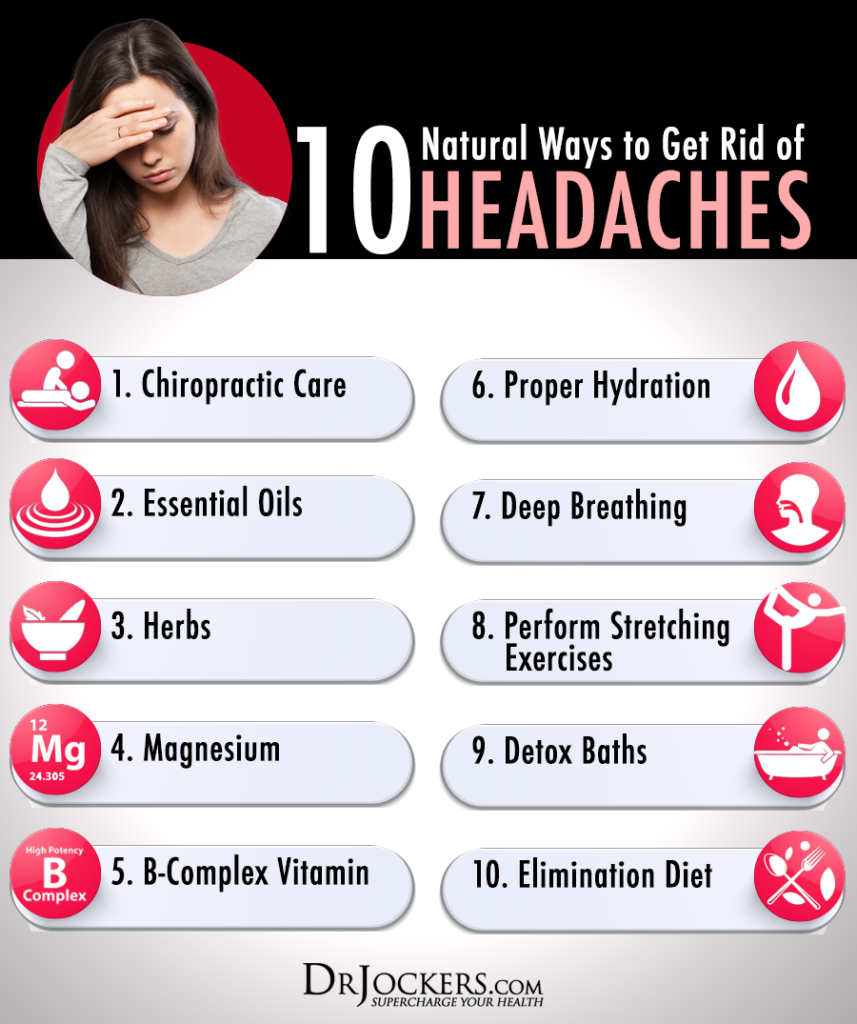





I have headache from last 15 days. I have tried many things to get rid off. I have tried many things to get rid off. Then i saw your ideas regarding this. It seems interesting as well as excellent. Now i’m gonna apply your ideas. Hope it may help me too. Thanks for sharing wonderful ideas !!!
Sorry to hear about this Meenu, I hope you find some relief with these strategies!